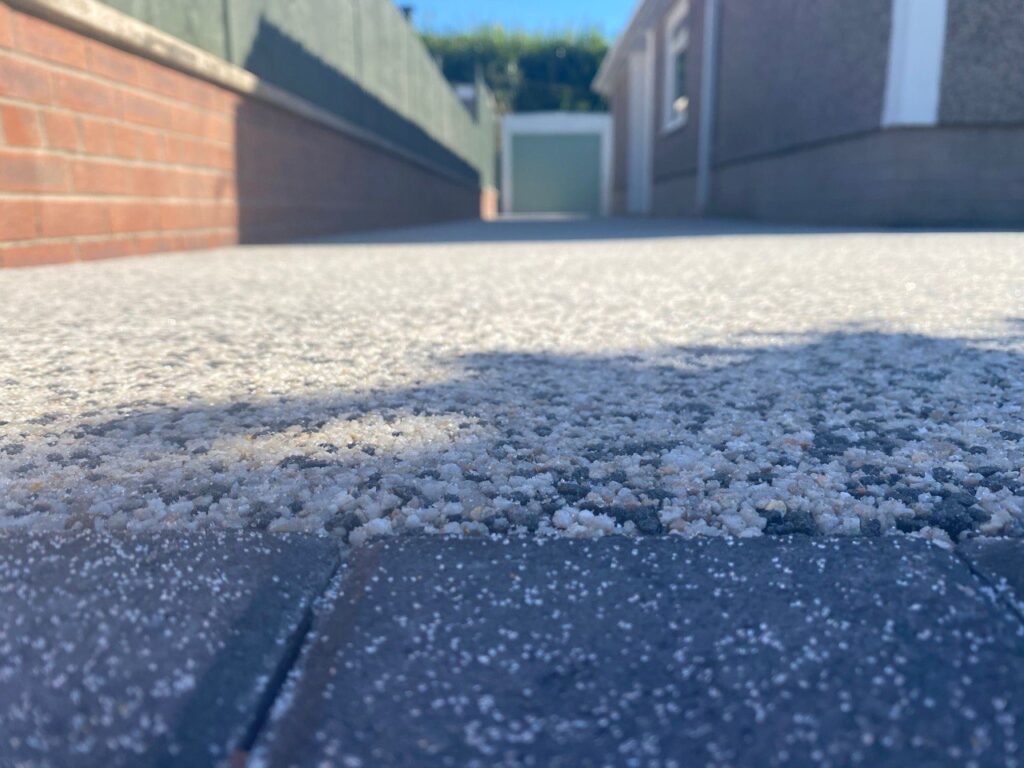5 Things Homeowners Get Wrong About Tarmac Maintenance
Tarmac is one of the most popular surfacing choices for driveways across the UK, offering durability, weather resistance and a sleek finish. However, despite its reputation for low maintenance, many homeowners unknowingly make mistakes that can shorten its lifespan or affect its appearance. At Milton Driveways, we frequently advise residents in Milton, Cambridgeshire on the correct way to care for their tarmac surfaces.
Below are five common misconceptions homeowners have about tarmac maintenance—and what you should do instead.
1. Assuming Tarmac Doesn’t Need Any Maintenance
One of the biggest misconceptions is that once tarmac is laid, it doesn’t require any upkeep. While it is a robust material, it still needs periodic care to stay in good condition.
What to do instead:
- Sweep away debris and dirt regularly
- Power wash occasionally to remove algae or stains
- Address oil or fuel spills promptly to prevent surface degradation
- Keep weeds from encroaching at the edges
Neglect can lead to cracks, fading and reduced longevity—even in a well-installed surface.
2. Using Harsh Chemicals or De-Icing Salts
Some homeowners use strong cleaning agents or salt-based products to clear tarmac in winter. These substances can break down the surface over time, especially if used repeatedly.
Better approach:
- Use sand or non-corrosive de-icing alternatives during cold weather
- Choose mild, tarmac-safe cleaning products for regular washing
- Avoid solvent-based degreasers or acids altogether
Preserving the integrity of your driveway begins with choosing the right materials for cleaning and safety.
3. Driving or Parking on Freshly Laid Tarmac Too Soon
Another common mistake is using a new tarmac driveway before it’s had enough time to fully cure. This can cause tyre marks, dents, or even long-term deformation.
Best practice:
- Wait at least 3–5 days before driving on a new tarmac surface (longer in cold or wet conditions)
- Avoid turning the steering wheel while stationary in the same spot
- Refrain from placing heavy objects on the surface for the first week
Allowing the surface to settle fully will help prevent early damage and ensure a smooth finish.
4. Ignoring Minor Cracks or Damage
Many people assume that small cracks, dips, or discoloured patches aren’t worth addressing—but they can develop into more serious problems over time.
Proactive steps:
- Fill minor cracks with tarmac repair compound before water ingress worsens the issue
- Keep an eye out for signs of lifting or edge erosion
- Have an annual inspection to catch wear and tear early
Small, timely repairs can avoid the need for more expensive resurfacing later.
5. Believing All Sealants Are the Same
Applying a sealant is a great way to protect your tarmac, but not all products are suitable—and applying it incorrectly can do more harm than good.
What you should know:
- Use a high-quality tarmac-specific sealant
- Don’t apply sealant too soon after installation; allow the surface to cure
- Re-sealing should only be done every 3–5 years, or as needed—not annually
A properly sealed driveway will resist water, UV damage and wear far better than an unprotected one.
Conclusion
Tarmac driveways are a smart investment, but like any outdoor surface, they benefit from proper care and maintenance. Avoiding these common mistakes can add years to the life of your driveway and preserve its appearance. At Milton Driveways, we help homeowners in Milton, Cambridgeshire get the most from their tarmac installations with expert advice, high-quality materials and ongoing support.
If your tarmac surface is showing signs of wear—or if you simply want to make sure you’re maintaining it properly—contact Milton Driveways today. Our experienced team is ready to assist with all aspects of tarmac maintenance, repair and resurfacing.
Call us on: 01223 857 079
Click here to find out more about Milton Driveways
Click here to complete our contact form and see how we can help with your driveway needs.

